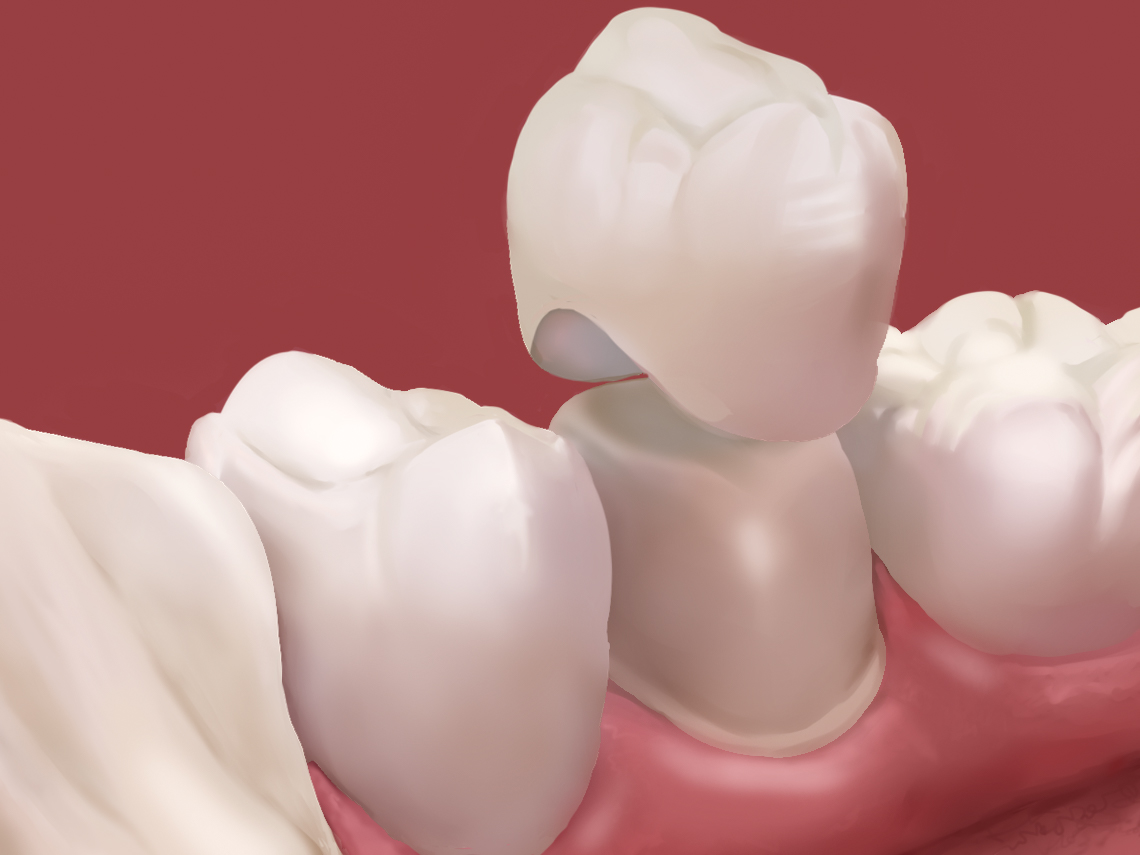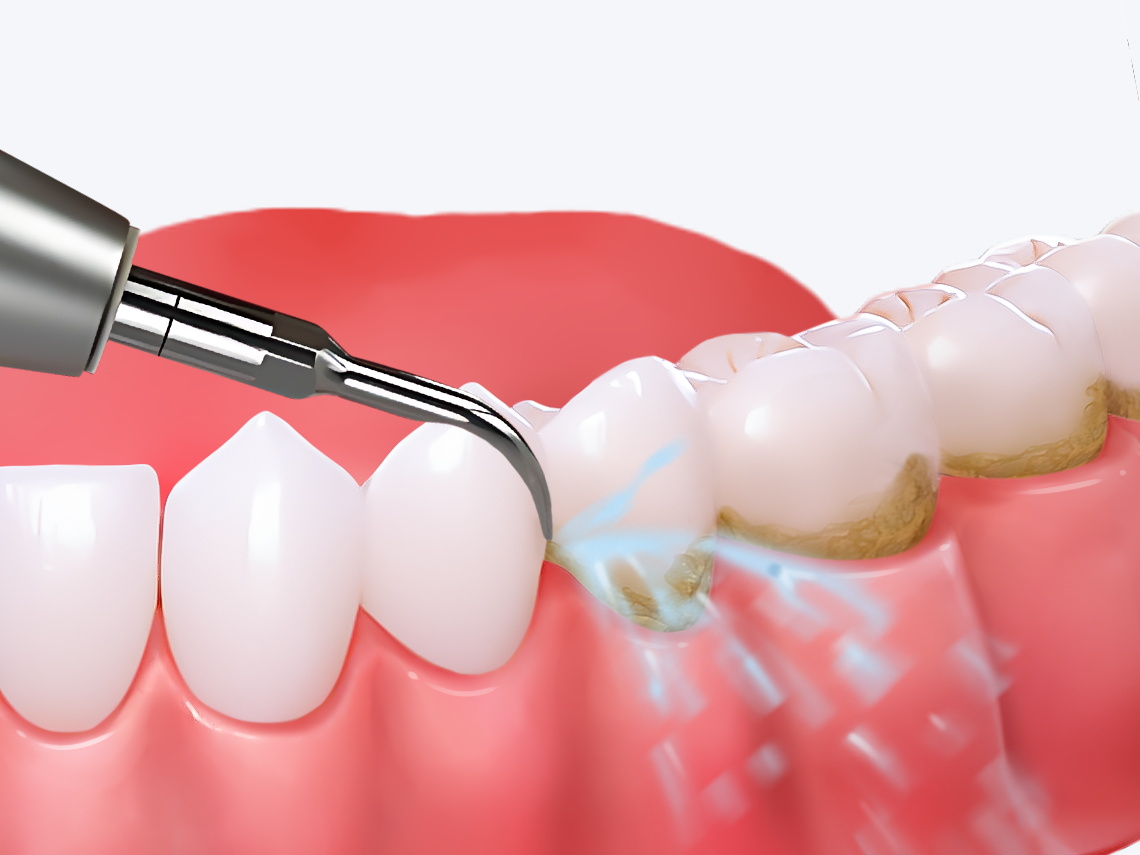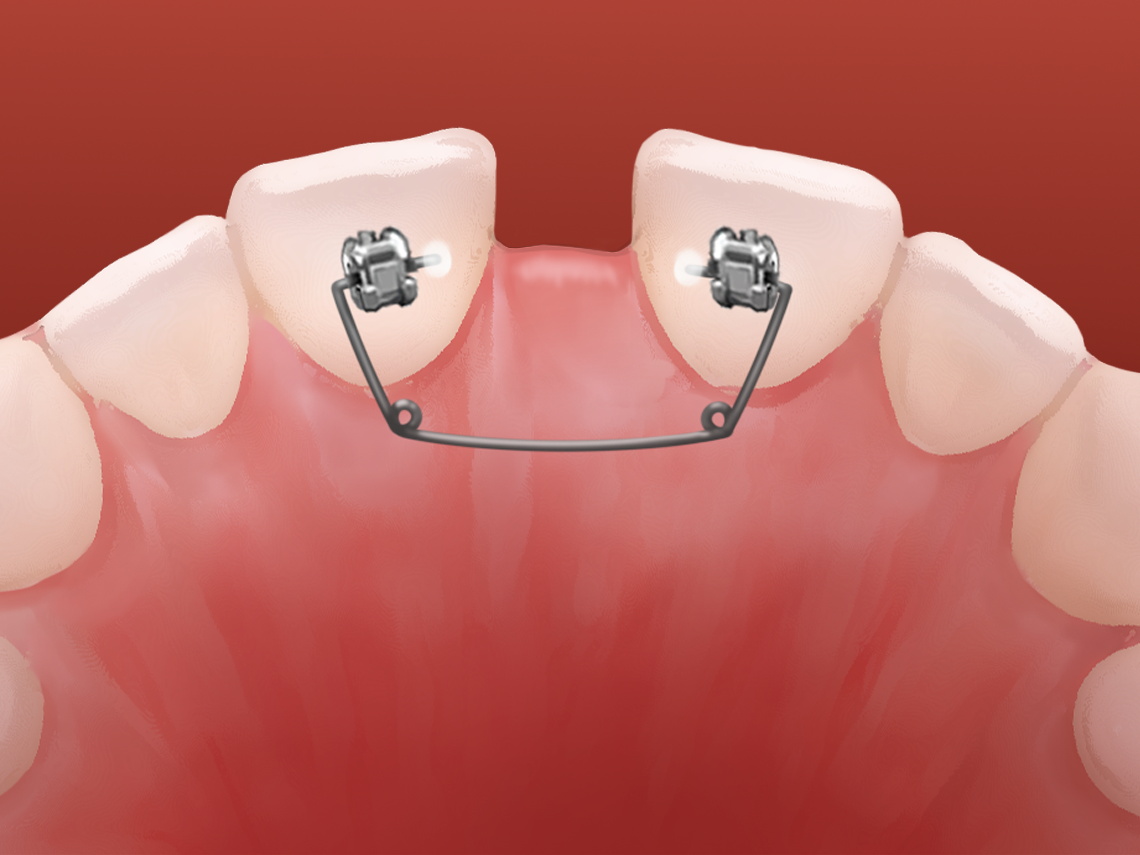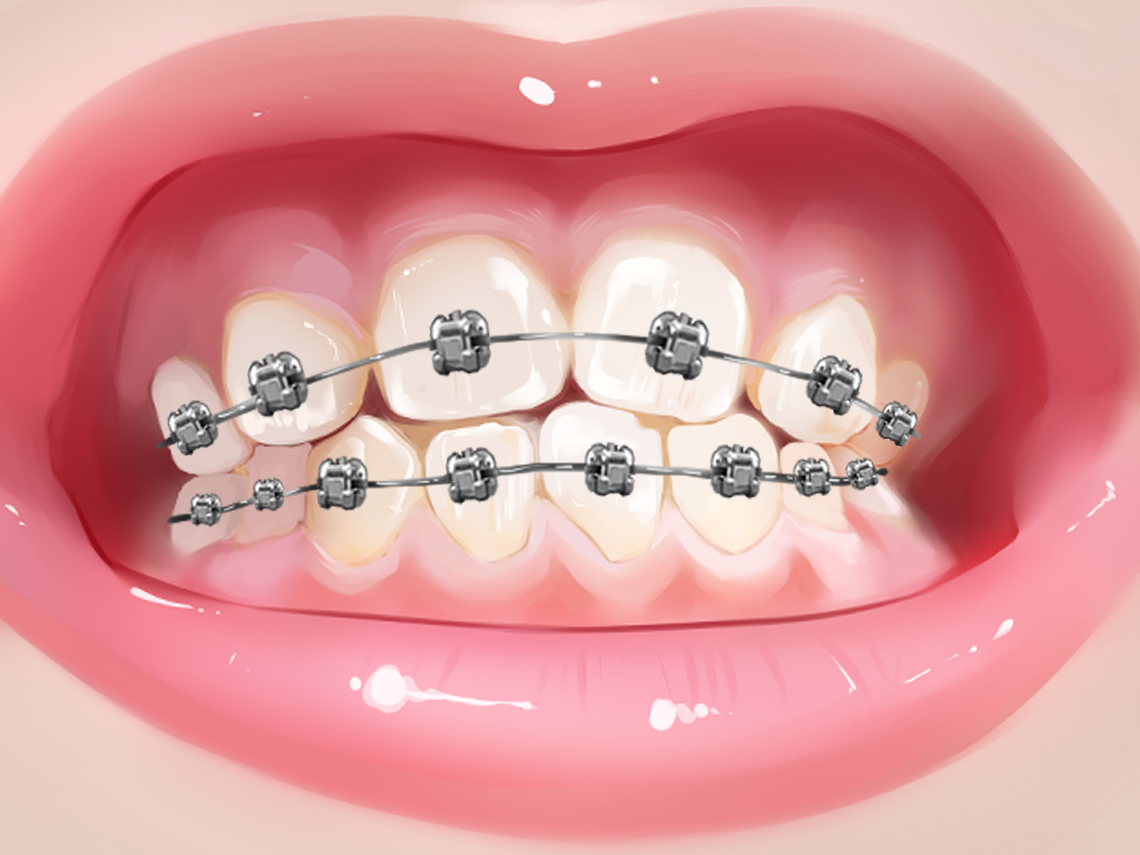How to best manage large gaps between teeth
There is no such thing as a "best way to treat large tooth gaps." Large tooth gaps may be caused by genetic factors, dietary irritation, dental caries, bad habits, or chronic periodontitis. They can generally be improved through treatments such as dental veneers, crowns, subgingival scaling, diastema closure surgery, or orthodontic therapy. It is recommended to seek timely medical advice at a reputable hospital and follow professional guidance for appropriate management.
Causes and treatment options for large tooth gaps:
Cause |
Genetics |
Dietary Irritation |
Dental Caries |
Bad Habits |
Chronic Periodontitis |
Analysis of Causes |
Large tooth gaps may be related to genetic factors. |
Frequent consumption of hard foods may damage teeth. |
Tooth decay may increase the space between teeth. |
Long-term use of dental floss or toothpicks. |
Inflammation irritates periodontal tissues, leading to enlarged tooth gaps. |
Solutions |
1. No treatment needed if it does not affect daily life. 2. Maintain good oral and dental hygiene. |
1. Choose soft foods such as porridge, bread, and steamed buns. 2. Avoid high-fiber foods that easily get stuck between teeth. |
1. Brush teeth regularly. 2. Get dental fillings. 3. Promptly extract teeth that are completely decayed. |
1. Reduce frequency and intensity of tooth picking. 2. Avoid habits that irritate teeth. |
1. Follow medical advice for anti-infective medication. 2. Maintain good dental hygiene. |
Cosmetic Dental Methods |
Dental Veneers |
Crown Restoration |
Subgingival Scaling |
Diastema Closure Surgery |
Orthodontic Treatment |
Example Images |
 |
 |
 |
 |
 |
Mechanism |
Covering the front surface of teeth with porcelain or resin shells. |
Creating a crown to cap over damaged teeth. |
Using subgingival instruments to remove tartar and plaque below the gumline. |
Using periodontal surgery to directly close tooth gaps. |
Wearing braces to adjust tooth position and reduce gaps. |
Reference Price |
2,000–3,200 RMB per tooth |
500–2,500 RMB per tooth |
1,000–3,200 RMB per session |
3,000–5,200 RMB per session |
5,000–12,000 RMB per session |
Advantages |
1. Removes dental plaque. 2. Teeth whitening effect. |
1. Repairs tooth defects. 2. Aesthetically pleasing. 3. Restores tooth shape and function. |
1. Highly effective in cleaning. 2. Minimally invasive. |
1. Improves aesthetics. 2. High efficiency. |
1. Improves tooth alignment. 2. Enhances appearance. |
Disadvantages |
1. May irritate gums. 2. Less durable; not suitable for chewing hard objects. |
1. Requires maintenance every six months. 2. May cause tooth sensitivity. |
1. May damage healthy tissue. 2. Possible bleeding and pain. |
1. Risk of postoperative infection. |
1. Long treatment duration (1–2 years). |
Duration of Effect |
1. Porcelain veneers: 5–10 years. 2. Composite resin veneers: 2–3 years. |
1. Can last 10–20 years. |
1. Effect lasts 6–12 months. |
1. Long-lasting results. |
1. Long-lasting results. |
In daily life, it is recommended to maintain good oral hygiene by brushing and rinsing regularly. Also, avoid food impaction and use dental floss appropriately for cleaning.




